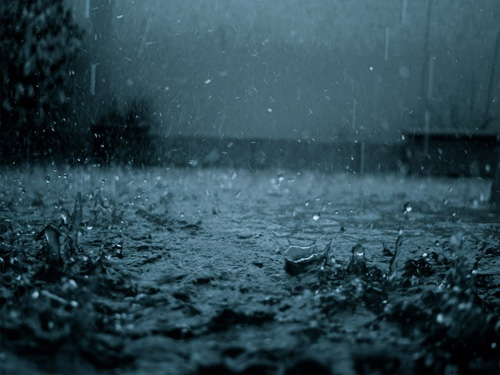PERIMETER BLOG
LATEST NEWS & INTERESTING FACTSI’m looking out my window in North Vancouver at running water steadily streaming down an embankment nearby. Everything in North Van is built on the side of a hill and we know that gravity can have a huge impact on whether water flows towards or away from your house, but what about your neighbour’s house?
Everyone has a story about a neighbour’s water flowing into their yard or vice versa – it’s a nuisance that can normally be dealt with if there’s some communication on both sides of the fence.
Collected Surface Water
When water flows naturally with the assistance of gravity it can collect in natural rivulets or impressions or in human-made features such as gutters, eavestroughs, curbs or cement blocks. The roofs of structures ranging from your house to your dog’s house can provide an annoying impediment as well.
There’s no way to stop the flow once it starts. The key is to deal with it in a way that doesn’t impact your yard, your neighbour’s yard or your municipality’s storm system.
Neighbours who direct their downspouts onto your property might think they’re doing the right thing or they might just be oblivious to the potential dangers to your property.
Dangers such as:
- water in your basement
- over-watering of native plants in your yard
- over-loading single-system sump pumps
Excess water directed onto a microsystem such as a back yard, even after a small winter storm, can have double the effects because the system is dealing with two yards’ worth of rain.
Dealing With Your Problems
At Perimeter we’re big on dealing with your problems. If your neighbour has more stormwater than they know what to do with, chances are you’re in the same boat (perhaps literally).
Talk to your neighbour. Maybe there’s a way for you to split the costs of a bolstered storm management system. This could be something as simple as sharing rain barrels on the border between your property and storing water for the inevitable drought come summer time. It could also involve contacting your municipality if both yards are effected by continual run-off. Or, the solution could be as simple as splitting the cost of planting thirsty plants and trees to soak up more water.
The Effect on The City
Stormwater runoff that isn’t dealt with properly ultimately ends up in your municipality’s system, and that’s bad news for everybody.
For instance, storm runoff that flows over impervious surfaces on your property without soaking into the ground can end up bringing sediment or other minerals into the sewer when it eventually escapes. Concrete and asphalt don’t absorb water like natural green plants do, but they will eventually surrender particles that can build up in the storm system.
“Can I just block the water flow?”
This is a common question, and the only way the answer is yes is if you move your home to the desert.
The reality of life in the lower mainland is that we have to find long-term solutions for the flow of our water. You can never block the rain, you can only redirect it and re-purpose it. It’s relatively easy to deal with rainwater during the slow summer months, but once a sudden surge triggered when a storm hits, you need to be prepared.
And so does your neighbour.

